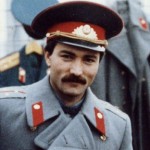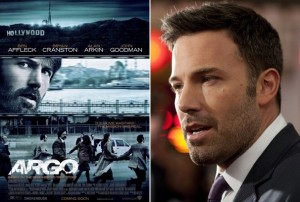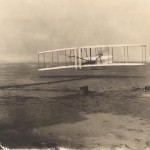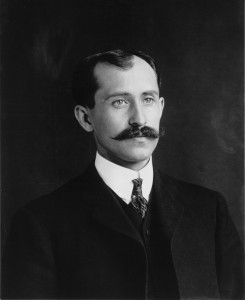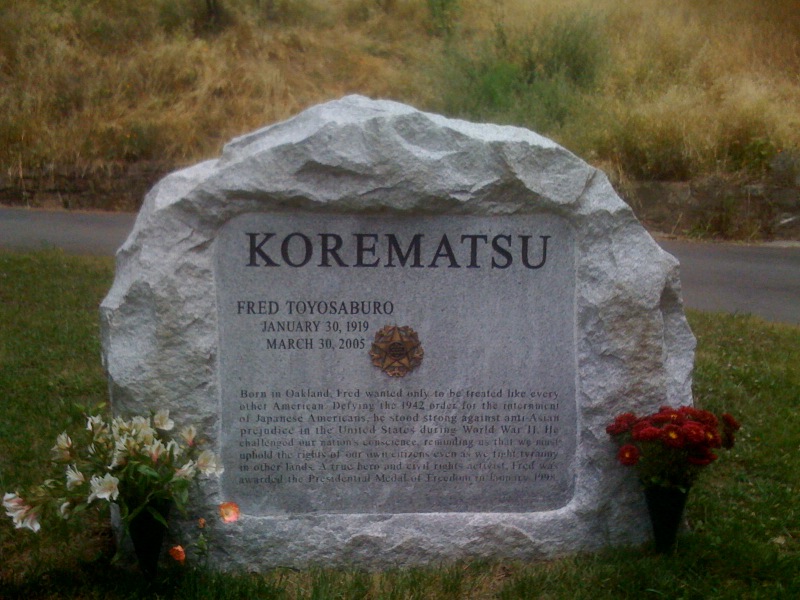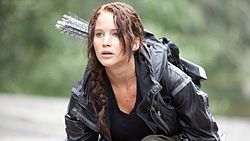 By Ashley Swanson, Kelsey McKenna, & Rodney Barnes
By Ashley Swanson, Kelsey McKenna, & Rodney Barnes
Katniss Everdeen epitomizes an underdog hero in one of the highest grossing movies of all time, The Hunger Games, released in 2012 and directed by Gary Ross. Katniss represents the classic underdog hero from the first minutes of the film. She is only 16 years of age and living in one of the poorest districts in the nation of Panem, District 12. From a young age, she had to provide for her sister and mother by hunting and trading illegally. As the viewer can see from the beginning, nothing has ever been given to her and she has had to work that much harder than everyone else to survive a difficult life. Despite the threat of the games, Katniss dreams of making a new life for herself and her family outside the electric fences of the District. One can’t help but be mesmerized and inspired by Katniss as she assumes the classic characteristics of a hero.
At the Reaping, Katniss’s sister, Primrose, is chosen to participate in the Games. Katniss is horrified as she realizes that her 12-year-old sister’s brutal execution will be broadcast to all the Districts as a form of twisted entertainment. Katniss selflessly volunteers to replace Primrose, marking the first ever volunteer in the history of the Hunger Games. Katniss along with the male tribute, Peeta, are whisked to the capital where they must undergo rigorous training before they can enter the arena to fight. When the games begin, the audience is shown the ethics and intelligence that Katniss embodies as she does everything in her power to survive the brutality of the games.  She even eludes the Capitol’s efforts to kill her, and at the same time she never harms any of the other competitors.
She even eludes the Capitol’s efforts to kill her, and at the same time she never harms any of the other competitors.
In selflessly volunteering, Katniss establishes the foundation of her heroic persona. She will eventually become the voice and face of a rebellion movement against the Capitol. The Mockingjay pin that is given to her by Prim before she leaves is seen as the symbol of strength and hope. Later, when Katniss is being crowned victor, President Snow references the pin and Katniss looks him dead in the eye and says sweetly “Thank you. It’s from my District.” With this statement, Katniss is subtly threatening the stability of the Capitol and President Snow as a leader. It is known that the mockingjay represents a failure on the part of the Capitol. Katniss uses this bird as her symbol of hope and perseverance as she plants the seeds of future heroic actions.
Katniss became the “girl of fire” due to her brilliant entrance during the Opening Ceremony in which she wore a special suit made of flames. This persona takes on another meaning later when the “girl of fire” is metaphorically seen as setting fire to the revolution that will eventually destroy the Capitol. Heroes and leaders carry certain expectations that they will demonstrate charisma, energy, and magnetism. Katniss is not a charismatic person and it is very difficult for her to grasp the advice from Cinna and Haymitch to present herself as likeable and personable. Her foil, Peeta, helps her with creating her strong public identity. Katniss takes cues from Peeta and eventually is able to act accordingly with the “star-crossed lovers” script that has been created for them. She is also a very ethical and wise competitor in the Games. She refuses to kill except in self-defense. Her main focus is to stay alive and win for her sister because she knows that her distraught mother will not be able to take care of Prim.
Katniss also embodies the heroic idea that “actions speak louder than words.” She pays tribute to Rue’s memory by decorating the young girl’s body in flowers and then giving the three fingered salute to District 11. This action in itself causes the revolt in District 11 and starts the fire of revolution that will eventually tear through Panem with a vengeance. Without a doubt, Katniss is the true embodiment of an underdog hero, a 16 year old girl who is willing to sacrifice her life for the survival of her family, a young woman who singlehandedly lights the flame that will take hold of an entire nation.
– – – – – – – – –
Ashley Swanson, Kelsey McKenna, & Rodney Barnes are undergraduate students at the University of Richmond. They are enrolled in Scott Allison’s Social Psychology course and composed this essay as part of their course requirement


